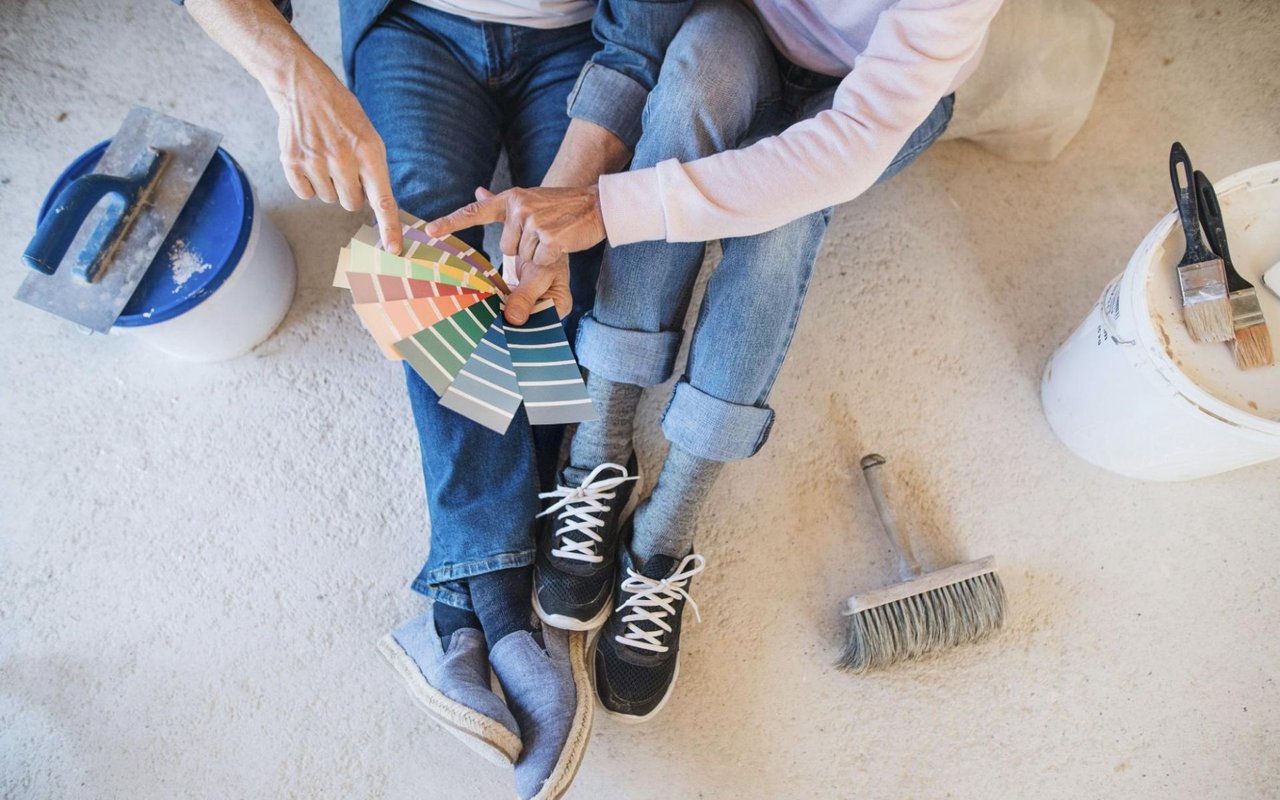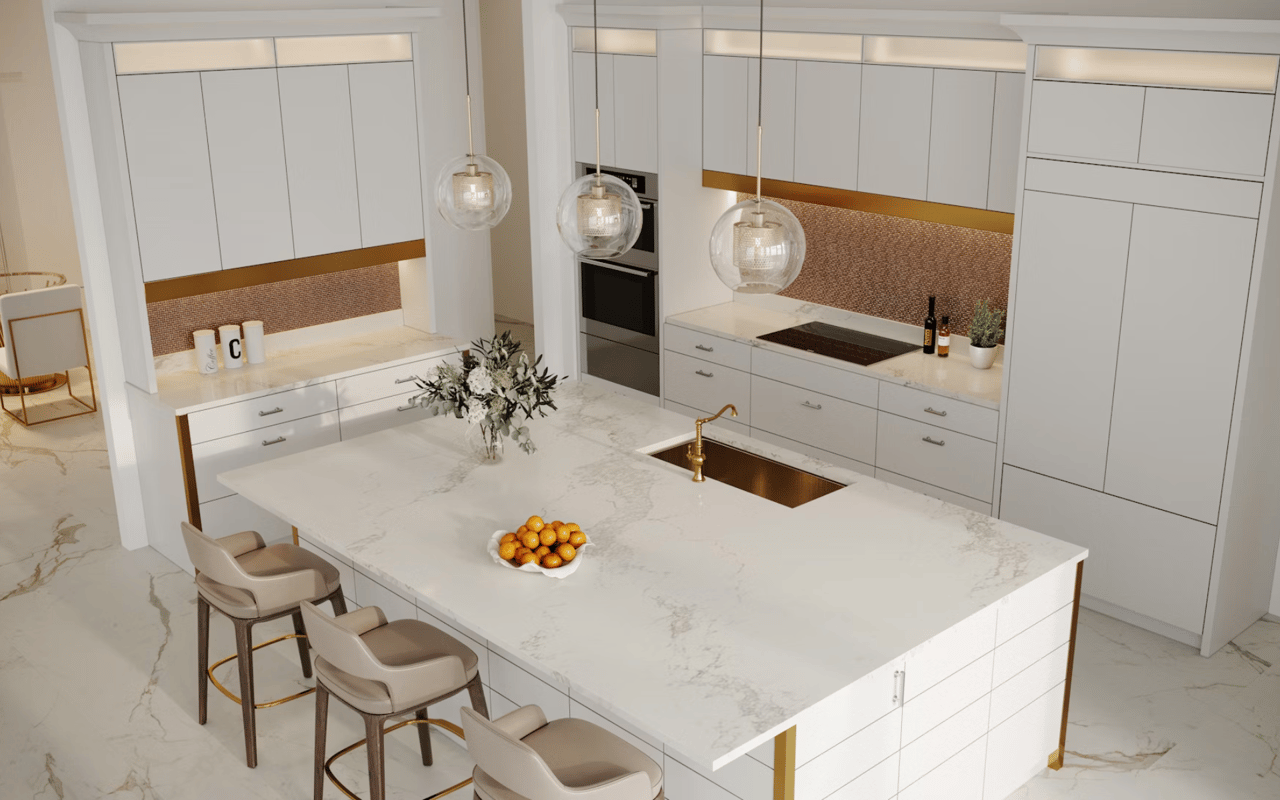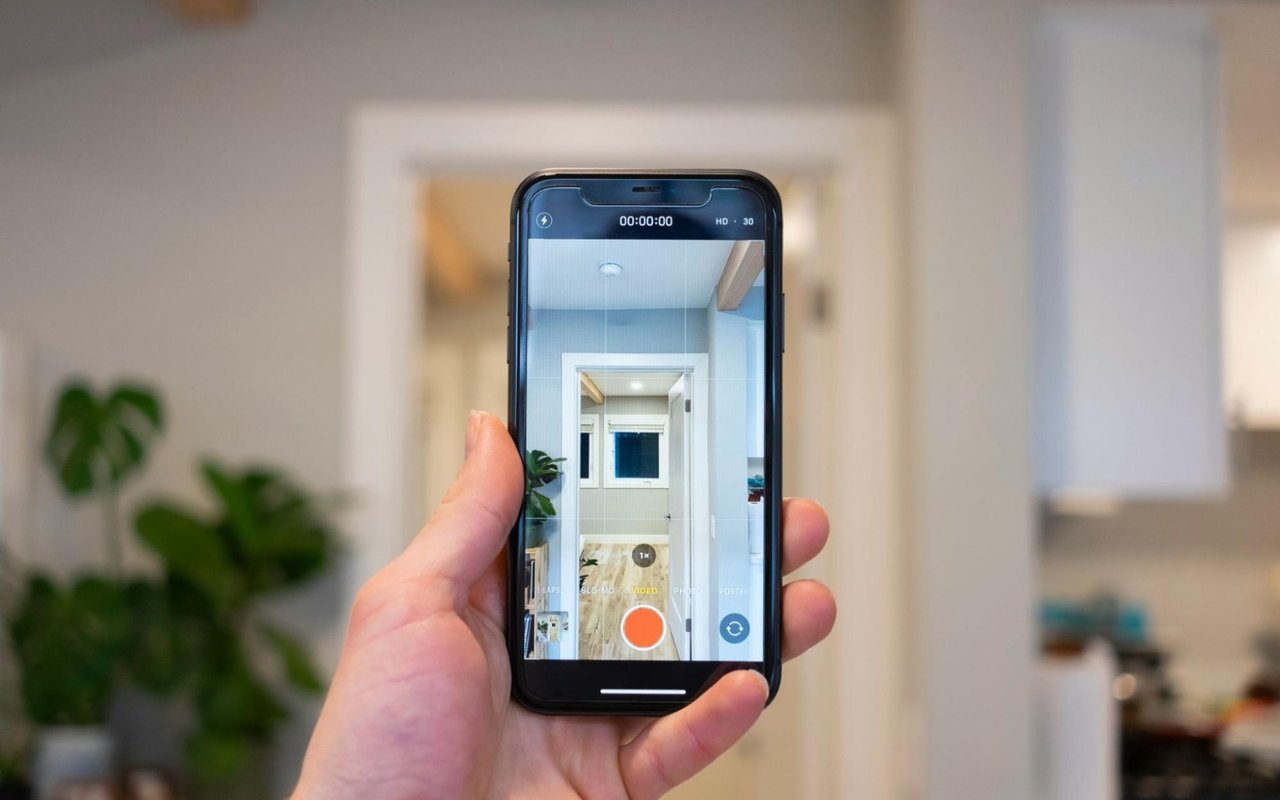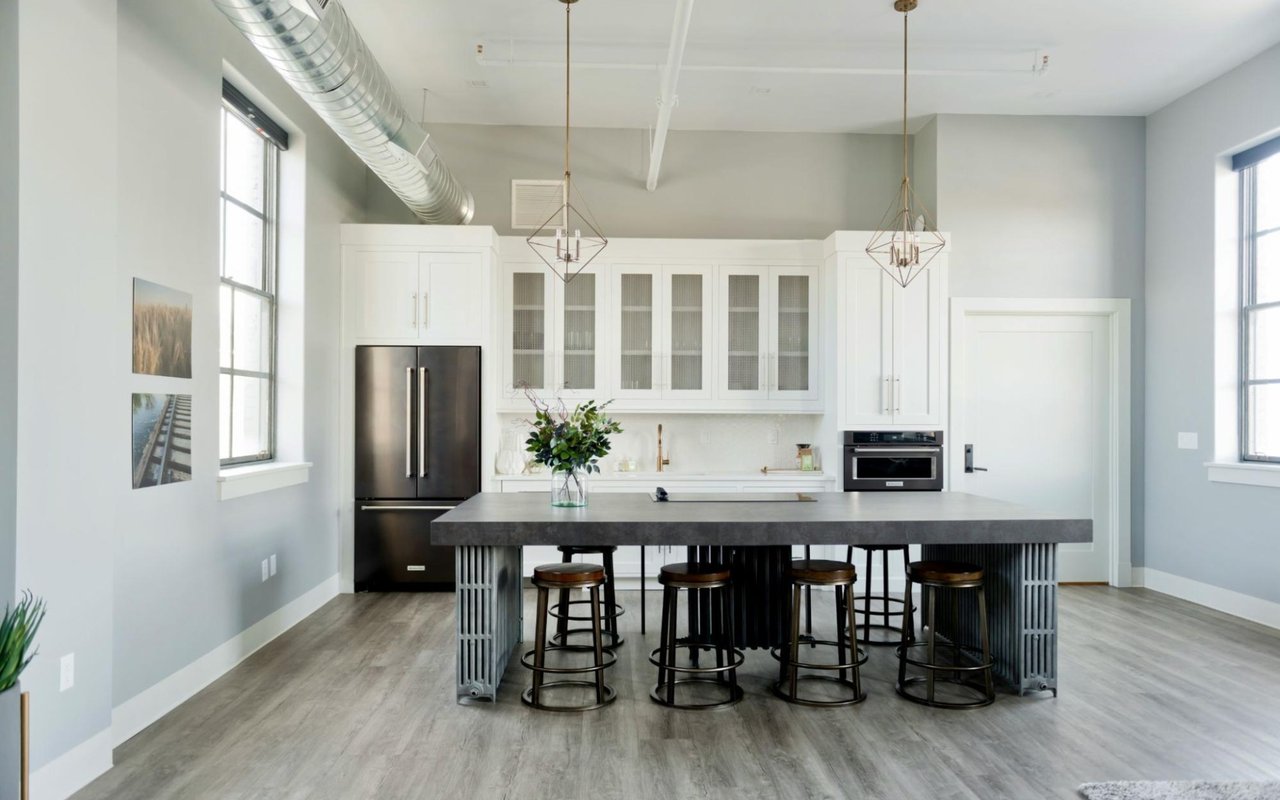Choosing the right paint colors for your Pasadena home is more than just a matter of preference — it’s a thoughtful process that incorporates science, psychology, and design. After all, the right shade can set the tone for an entire room, influence the atmosphere, and even affect your mood. Read on to explore the science of color and learn several tips for selecting the ideal hues for every room in your beautiful home.
Understanding Color Psychology
Colors have the ability to evoke specific emotions and behaviors. When you understand the psychological effects of different shades, you can create spaces that feel intentional and cohesive. For example, warm colors like reds, oranges, and yellows tend to energize and stimulate conversation, while cool tones like blues, greens, and purples are known for their calming, serene qualities. Neutral tones, such as grays and beiges, offer versatility and help other colors in the room stand out.
The psychology of color is a powerful tool, and it’s the first step toward choosing paint tones that compliment both your aesthetic preferences and the room’s purpose. For each room in your Pasadena home, it’s essential to first consider how you want to feel and what activities will take place there.
Choosing the Right Color for Your Living Room
To create a welcoming environment here, consider paint tones that make the space feel warm and inviting. Soft neutrals, such as beige, taupe, or warm grays, are often excellent choices for a living room as they provide a neutral backdrop that allows your furniture and décor to take center stage.
For those who want to introduce a bit of color, earth tones like terracotta or muted greens can add warmth without overwhelming the space. Alternatively, if you're looking for something a little more dynamic, accent walls in deep, rich colors like navy or charcoal can bring depth to the room while keeping the overall palette sophisticated.
The key is balance — if you're using bold colors, make sure to offset them with lighter, more neutral tones elsewhere in the room.
Creating a Calm, Restful Bedroom
Your bedroom should be your sanctuary where you can unwind and recharge. To create a restful atmosphere, opt for cool, soothing colors like soft blues, gentle greens, or pale lavenders. These shades promote relaxation and calm, making them ideal for a space dedicated to sleep and rest.
If you prefer neutrals, soft grays, creams, and warm whites can provide a serene backdrop without being too stark or cold. These tones can be paired with soft textures and natural materials to create a cozy, inviting environment.
For those who want to incorporate a touch of color without going too bold, consider using pastel tones. A pale blush or light mint can add personality to the space while maintaining a tranquil ambiance.
Making a Statement in the Dining Room
Dining rooms offer the opportunity to be more dramatic with color. Rich, warm tones like deep reds, burgundy, or burnt orange can stimulate conversation and create a cozy, intimate atmosphere. These colors work particularly well in dining rooms because they feel luxurious and inviting, perfect for long dinners.
On the other hand, if you prefer a lighter, airier feel, you can opt for elegant shades like light grays or off-whites, which can make the space feel more open and contemporary. For a sophisticated touch, consider adding an accent wall in a contrasting shade or using metallic finishes to add a bit of glamor to the space.
Selecting the Perfect Paint for Your Kitchen
Kitchens are often bustling spaces filled with activity, so choosing the right color here is crucial. Many people gravitate toward light, bright colors in the kitchen to create a clean, fresh atmosphere. Whites, creams, and soft grays are popular choices because they reflect light and make the space feel open and inviting.
However, kitchens are also a great place to experiment with bolder shades. If you're feeling adventurous, consider incorporating a pop of color on your cabinets or island. Deep greens, rich blues, or even a bold mustard can make your kitchen feel modern and lively.
If you’re aiming for a more subtle effect, pastel tones like pale yellow or soft mint can add a touch of personality without being too overpowering. The goal is to create a space that feels functional but still visually appealing.
Designing a Productive, Focused Home Office
When it comes to home offices, the right color can have a major impact on your ability to focus and be productive. While cool tones are known for their calming effects, you’ll want to choose a shade that helps stimulate focus without causing distraction. Light blues, greens, or muted grays are great choices as they promote concentration and creativity without overwhelming the senses.
If you prefer a space with more energy, consider brighter tones like soft yellows or warm, muted oranges. These colors can invigorate the room and keep you motivated throughout the workday. Pair these with neutral accents to maintain balance and prevent the space from feeling too busy.
Creating a Spa-Inspired Atmosphere in the Bathroom
Bathrooms offer an excellent opportunity to create a spa-like retreat in your home. The right color can help make the space feel luxurious and relaxing. Cool, light tones, such as pale blues, greens, and soft grays, work well in bathrooms because they evoke feelings of cleanliness and tranquility.
If you want to make the space feel more elegant, consider using richer tones like charcoal gray or deep navy. These shades can create a striking contrast against white fixtures, giving your bathroom a modern, sophisticated look. For a touch of luxury, try incorporating metallic accents in gold or brass, which pair beautifully with darker tones.
Ultimately, by understanding the psychological effects of different colors and how they interact with the function of each room, you can create spaces that feel cohesive, inviting, and uniquely yours. With planning and creativity, you can transform your home with the perfect palette of colors. Begin your journey in Pasadena real estate today with
Jeannie Garr Roddy leading the way.
Jeannie is also a licensed Austin real estate agent. For new listings in Austin, browse her
website here.










